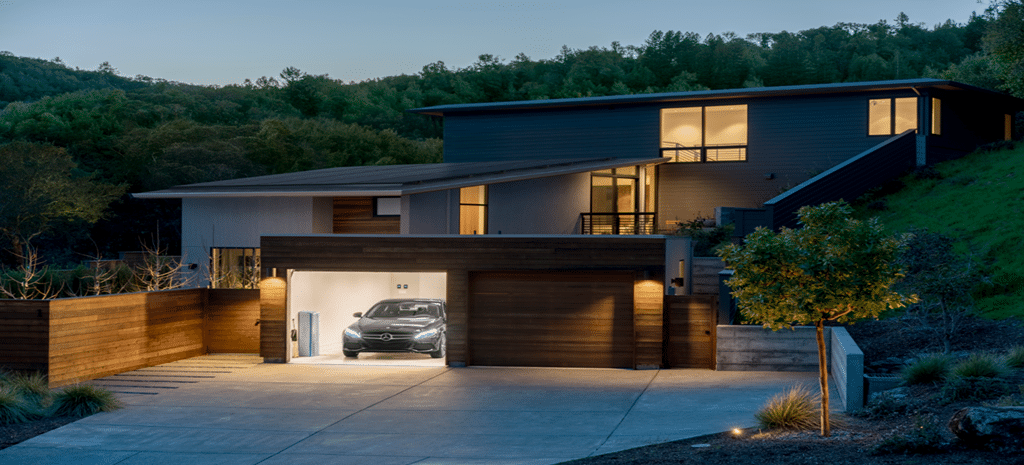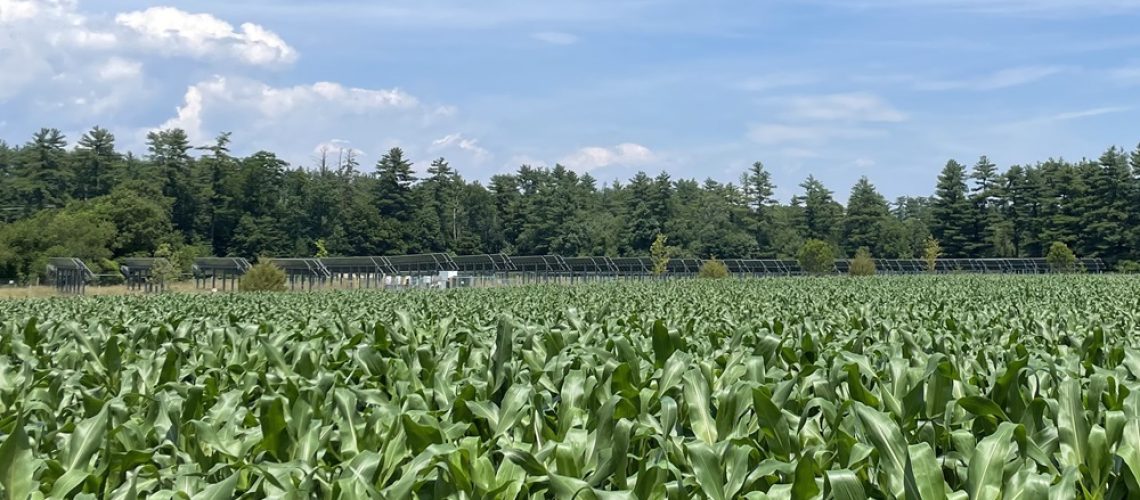At Bluewave, integrating solar technology with traditional farming practices isn’t just a concept, it’s the new standard. Jesse Robertson-DuBois, director of sustainable solar development, shares insights on the transformative journey of agrivoltaics within the industry.
“We’ve dug in deep on agrivoltaics, it’s now our default option for land use in our solar arrays,” Jesse Robertson-DuBois, Director of Sustainable Development at Bluewave, told pv magazine USA.
“The first approach on a project is ‘How can we accommodate agrivoltaics?’ It’s the first thing we do in development. Sometimes that turns out to be cropping, sometimes it’s sheep grazing, sometimes cattle – and sometimes we won’t have a good food related option, so we go to pollinators,” Robertson-DuBois explained.
Agrivoltaic solar power energy facilities are beginning to deliver on their promise. Despite organized public opposition to large solar plants, projects spanning 1,000 acres are successfully being integrated into regional agricultural practices. Polling indicates that public dissatisfaction tends to increase with solar facilities larger than 100 megawatts, while even smaller installations around 50 acres, or approximately 10 megawatts, can also attract negative attention.
Robertson-DuBois has a rich background in agriculture and farmland policy. He owns a farm in western Massachusetts where his daughter grazes sheep. Engaged in diversified agriculture for most of his life, he recently shared his enthusiasm for spending a weekend working with hay and vegetables on a farm near his home.
In the early stages of developing a new facility, Robertson-DuBois prioritizes building a trusting relationship with the farmer. This mutual trust is crucial as they navigate the evolving aspects of the project. A key part of their discussions involves identifying which pieces of farm equipment are essential for ongoing operations and which can be replaced or modified as project details are finalized.
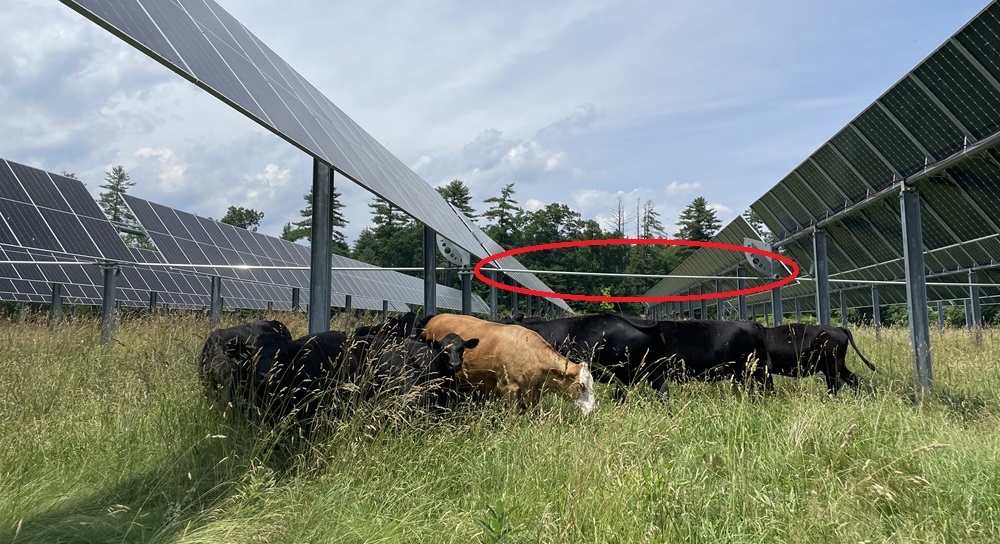
For instance, in a project in Western Massachusetts, Bluewave opted to replace a tractor and a hay machine rather than modifying the entire array. The driveline of the Array Technologies solar tracking system (similar to a vehicle’s driveshaft and circled in red in the image above) was initially positioned lower than the height of those machines. Although it had already been raised to 10 feet above the ground to comply with Massachusetts agrivoltaic regulations, further elevating it to accommodate the farm equipment would have quadrupled the steel costs. This expense far exceeded the cost of replacing the machines.
From the collection of five agrivoltaic projects in Massachusetts, for which Bluewave raised $91 million, one is fully operational both agriculturally and in terms of solar power generation. The site supports cattle grazing, which has shown minimal impact on the animals. “They started grazing this spring, the grass growth and productivity are good. The cattle are loving the shade. They graze in one area, then move back under the modules, then move to the next grazing area,” noted Robertson-DuBois, before reminding us that the American Solar Grazing Association reports that over 100,000 acres of solar installations are grazed by various animals.
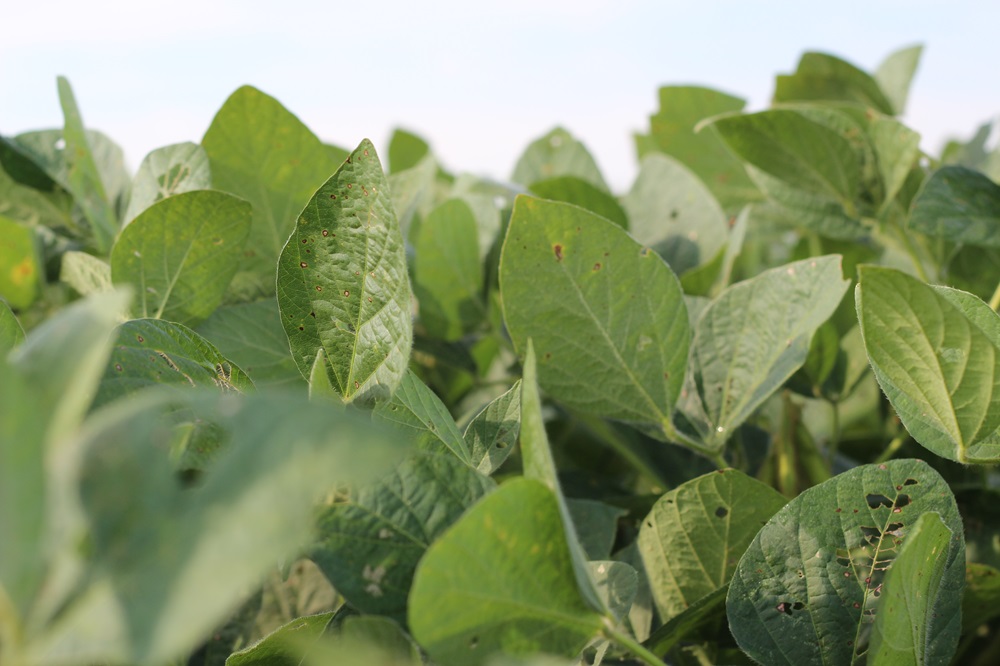
State programs are increasingly supporting agrivoltaic power plants. The SMART program in Massachusetts, initiated in 2018, offers up to six cents per kilowatt-hour for agrivoltaic projects. Meanwhile, newcomers like New Jersey and New York are exploring their own initiatives. Notably, the New York agrivoltaic pilot program is focusing on more challenging farming opportunities. Unlike ‘standard’ agrivoltaic technologies like sheep grazing or supporting pollinators, New York’s program is incentivizing the integration of agrivoltaics with livestock such as cows and even cannabis cultivation.
Robertson-DuBois explained in the Northeast U.S., designing solar trackers to withstand heavy snow loads typically results in a structure robust enough to accommodate cattle using them as scratching posts. The key, he noted, is to move certain less rugged pieces of hardware like wiring and combiner boxes out of reach.
When discussing the integration of solar power with soy cultivation – America’s second largest crop – Robertson-DuBois delved into the specifics:
Soy [has] absolutely, huge potential. It’s a bush crop, where the outer leaves on the plant are really there to protect the inside leaves. Soy has what is called what is a long photoresponse period; when exposed to too much light, the stomata close, shutting off photosynthesis. Then the soybeans kinda sit there saying ‘I don’t know if I’m ready yet’. At Bluewave, we’ve been funding research to reduce this photoresponse time and increase photosynthesis.
Robertson-DuBois also noted the viability of other grains like wheat, barley, and oats. While grain corn, which can easily grow over 12 feet in height, presents more challenges, sweet corn, intended for human consumption, is considerably shorter at 7-8 feet and might be more suitable.
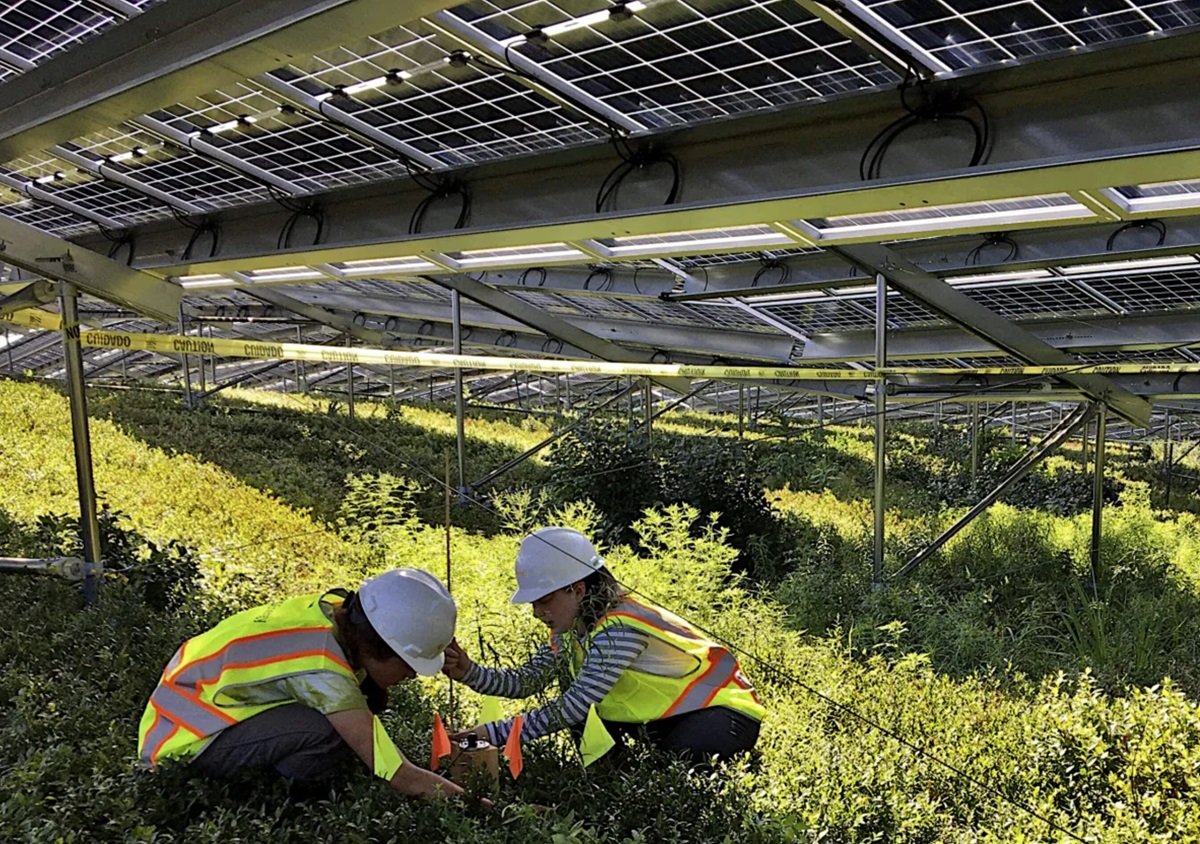
Robertson-DuBois says that focusing on the farm and the farmer’s needs, as well as the impact on the local community, is crucial for advancing projects. When deploying solar on a hundred year old wild blueberry farm, Jesse and his team practiced building techniques that preserved the existing vegetation.
At Bluewave’s Deighton, Massachusetts facility, where grazing and vegetable cultivation are combined, Bluewave implemented careful construction practices to protect the soil from compaction and preserve organic material.
“Building trust with the community, understanding the farm, and putting real projects in the field – with real challenges being solved – that are [spread over] tens of acres is how Bluewave is moving forward in agrivoltaics,” Robertson-DuBois stated.
Popular content
